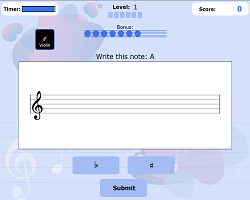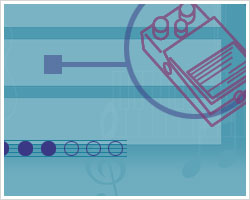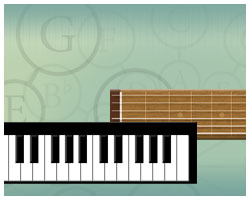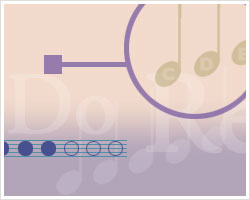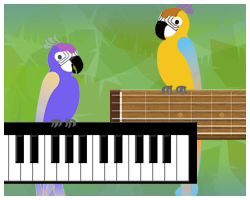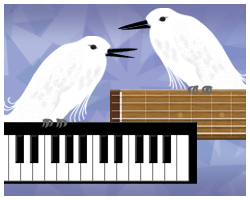 Games for Ear Training and Music Theory
Games for Ear Training and Music Theory
Featured
Complete Course for Beginning Band Students!
- Adapted for each instrument
- Aligns with method books
- Fast-paced and fun
Featured
Featured
Complete Course for Beginning Orchestra Students!
- Adapted for each instrument
- Aligns with method books
- Fast-paced and fun
Categories

Keys

Scales
Courses
Are You a Music Teacher?
Check out our










